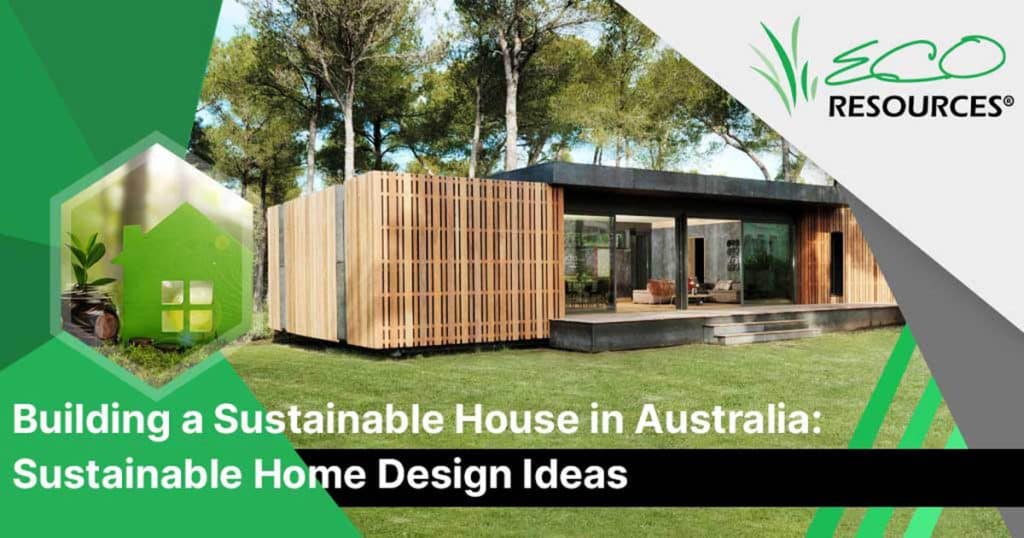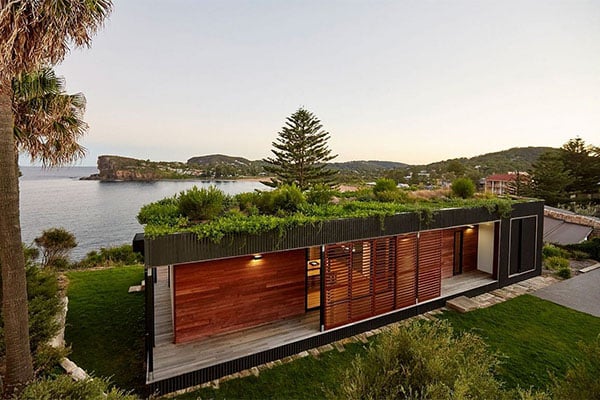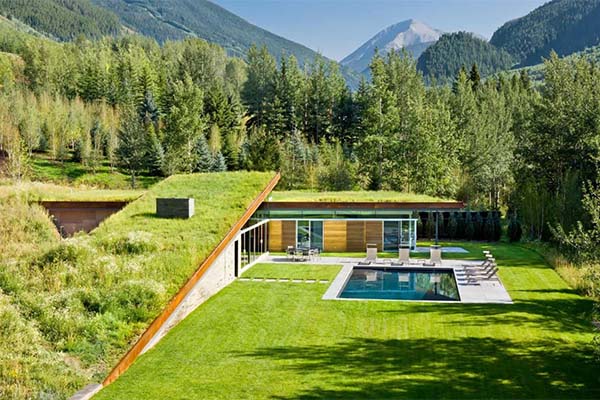

Building a sustainable house in Australia means creating a home that’s environmentally friendly and energy-efficient. It’s all about using smart design and materials to reduce your impact on the planet while also saving money in the long run.
In this article, we’ll explore the importance of sustainable home design and share practical ideas for building a greener home.

Harness the power of the sun with solar panels to generate clean, renewable energy for your home. Solar power can significantly reduce your reliance on grid electricity and lower your carbon footprint.
Install drip irrigation systems to efficiently water your garden and landscape. By delivering water directly to the roots of plants, you can minimise water waste and promote healthy growth.
Cool roofs reflect sunlight and heat away from your home, reducing the need for air conditioning and lowering indoor temperatures. Choose light-coloured roofing materials with high solar reflectance for maximum energy savings.
Implement water-saving fixtures and appliances like low-flow toilets and aerated faucets to reduce water consumption. Collect rainwater for irrigation and choose native plants that require less water to thrive.

Choose a site that maximises natural resources like sunlight and wind while minimising environmental impact. Consider factors like orientation, landscaping, and proximity to public transportation to reduce your carbon footprint.
Prioritise energy-efficient design and construction practices to minimise non-renewable energy consumption and waste.
Invest in high-quality materials and systems that will stand the test of time and require less maintenance. Choose products with eco-friendly certifications like Energy Star, Green Seal, and Forest Stewardship Council (FSC) to support sustainable practices.
Look for products made from recycled materials or renewable resources whenever possible. Implement water-saving measures like rainwater harvesting, greywater recycling, and drought-tolerant landscaping to conserve water resources.
Minimise water runoff and pollution by using permeable paving and green roofs. Select low-VOC (volatile organic compound) paints, finishes, and furnishings to improve indoor air quality and protect occupant health.
Provide adequate ventilation and natural lighting to create a healthy and comfortable living environment. By incorporating sustainable design principles and practices into your home, you can reduce your environmental impact and save money on utility bills over time.
Sustainable homes are more resilient, efficient, and comfortable, offering long-term benefits for both you and the planet.
Building a sustainable house in Australia isn’t just about saving energy and resources—it’s about creating a healthier, more sustainable future for generations to come. By embracing sustainable design principles and incorporating eco-friendly practices into your home, you can make a positive impact on the environment while enjoying the many benefits of green living.
Take the first step towards building a sustainable home by exploring the ideas and strategies shared in this article. Whether you’re renovating an existing home or starting from scratch, there are plenty of opportunities to reduce your environmental footprint and create a more sustainable living space.
Join the movement towards sustainable living and inspire others to follow suit. Together, we can build a greener, healthier future for all.
And don’t forget to take action today! Consider conducting a waste audit with our eco-services to identify opportunities for reducing waste and improving sustainability in your home.
Let’s build a better tomorrow, one sustainable home at a time.
Related Articles:

Kristy Sumich is the owner and director of Eco Resources, a prominent waste management and recycling service in Western Australia. With deep industry knowledge and hands-on operational experience, Kristy is dedicated to providing sustainable solutions in waste management.
All rights reserved © Eco Resources. Website by Selling Online Made Simple. Sitemap.